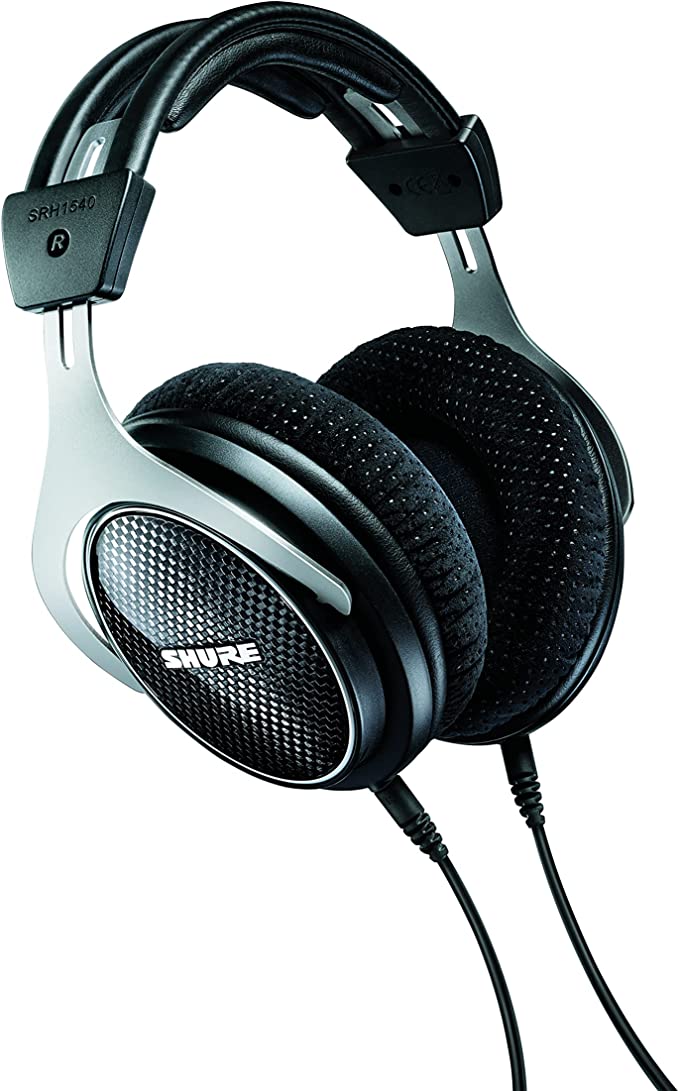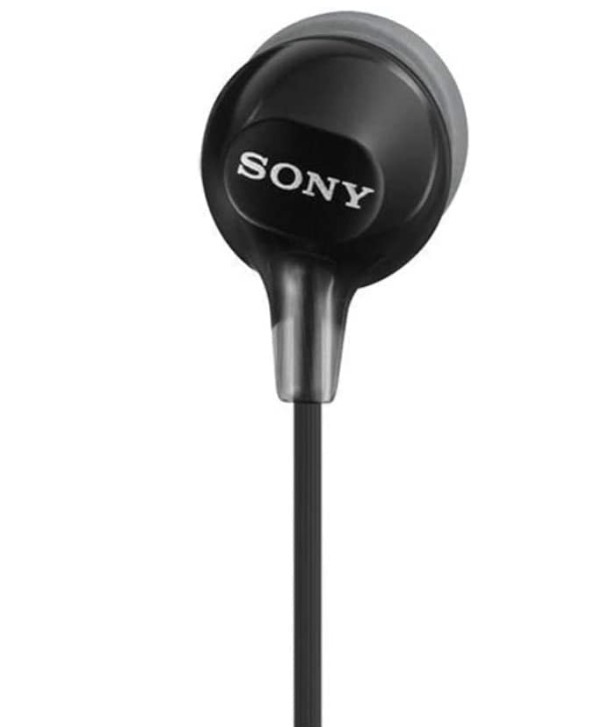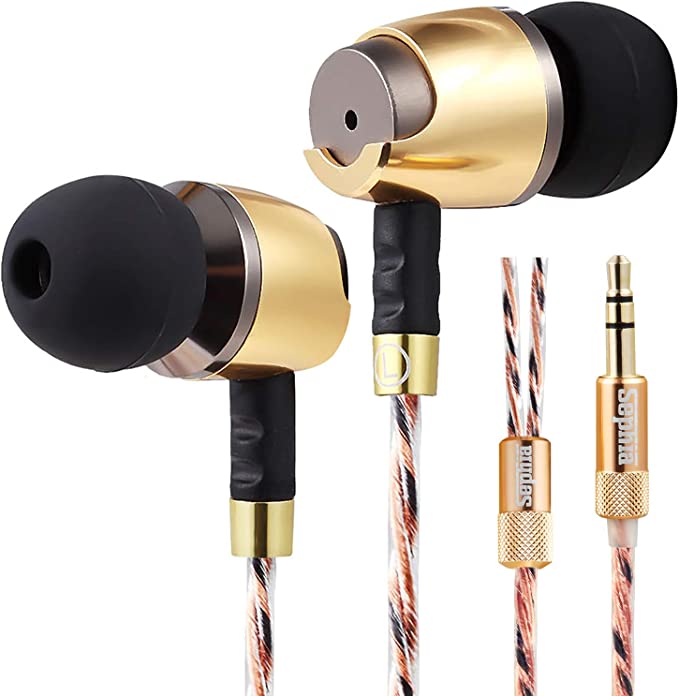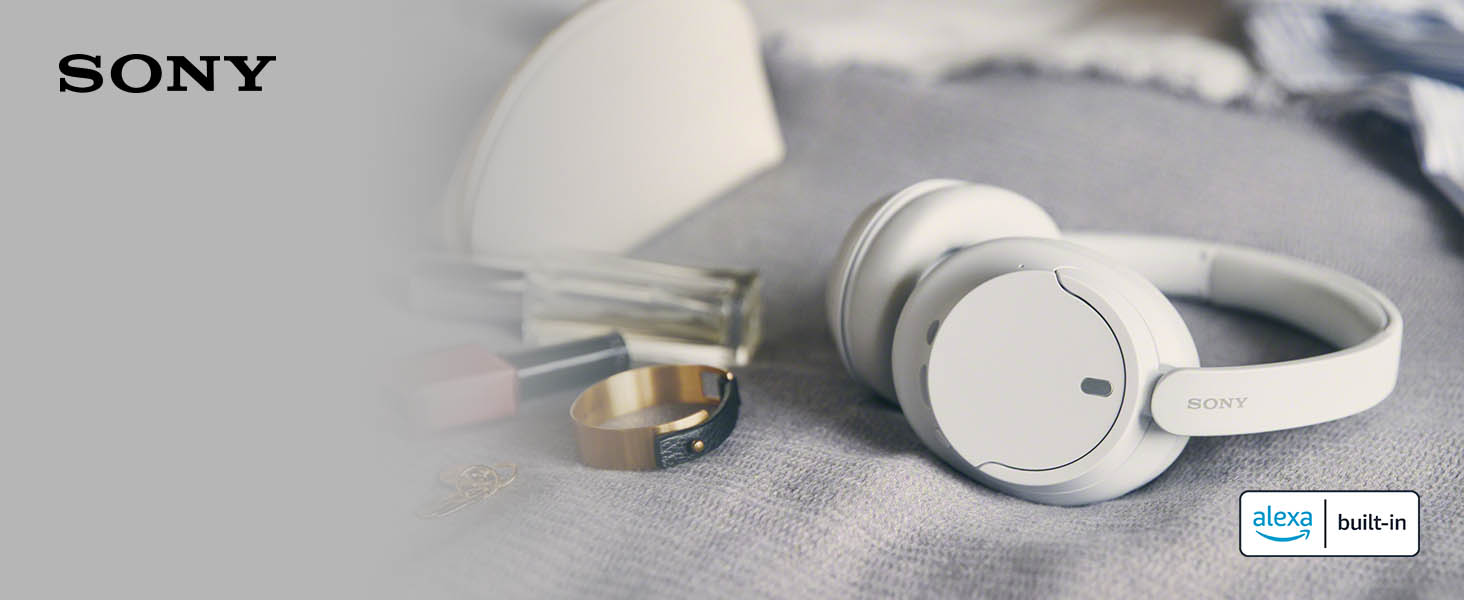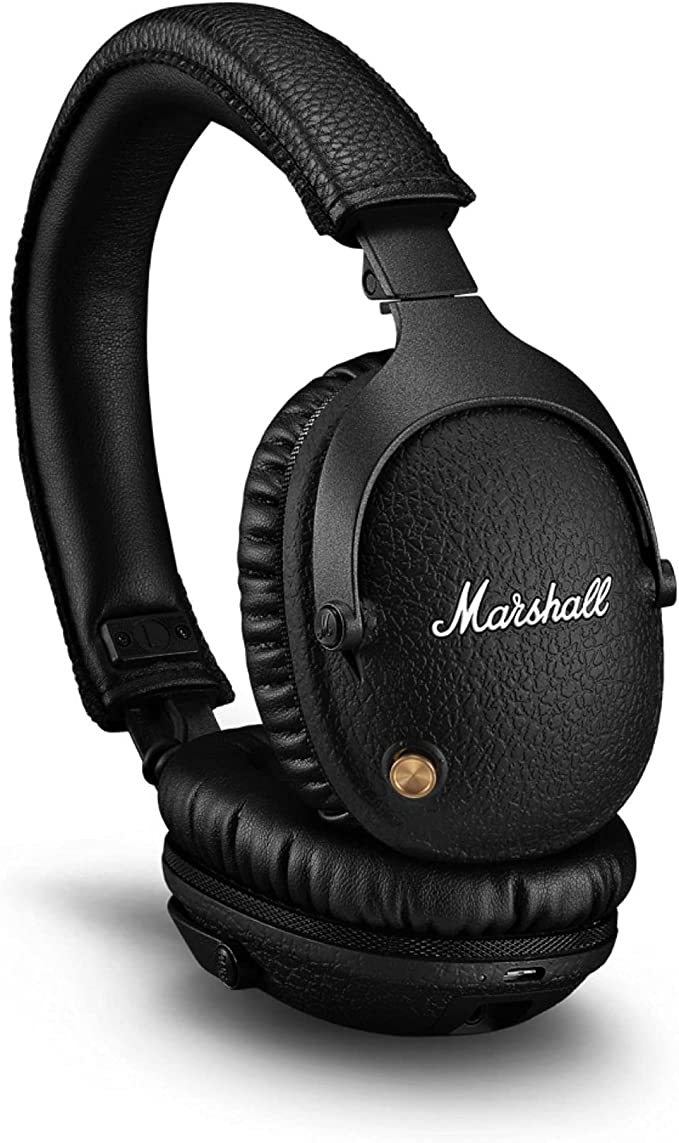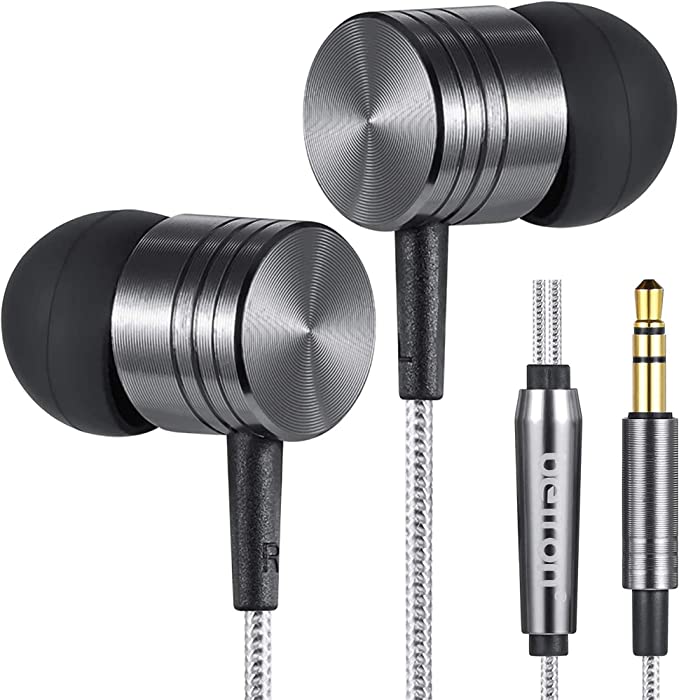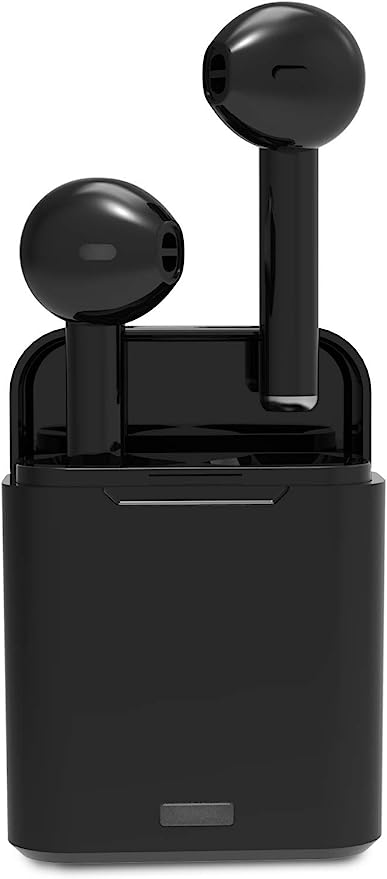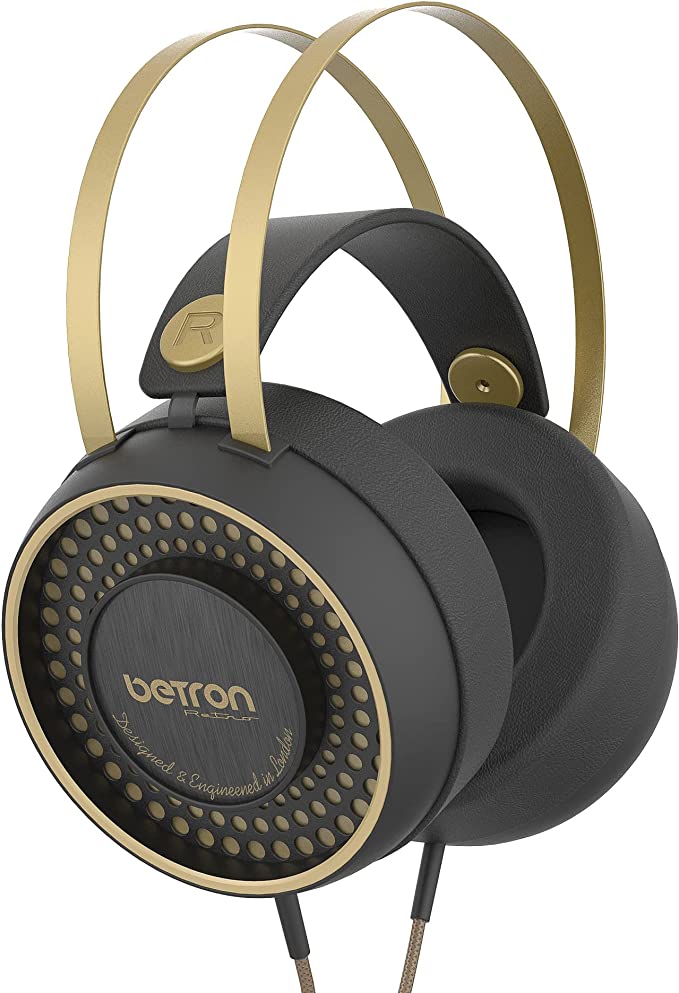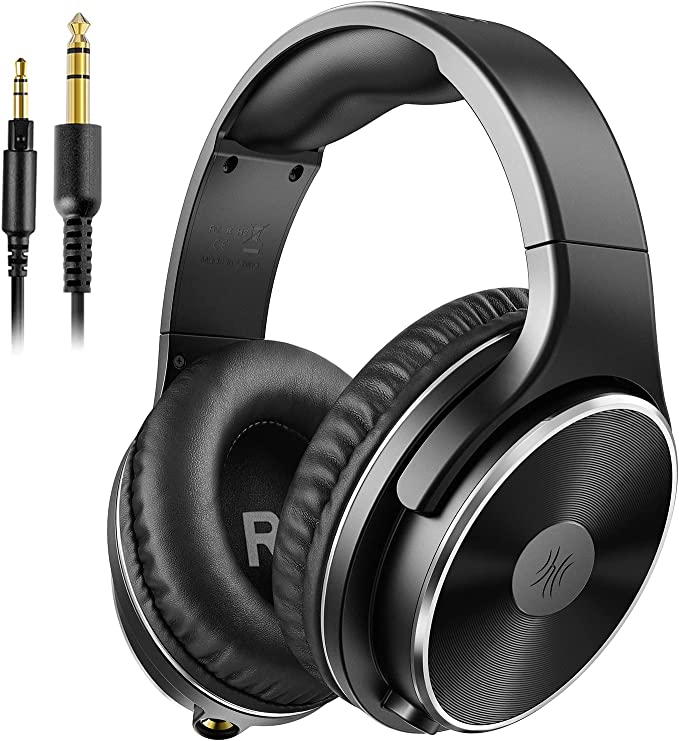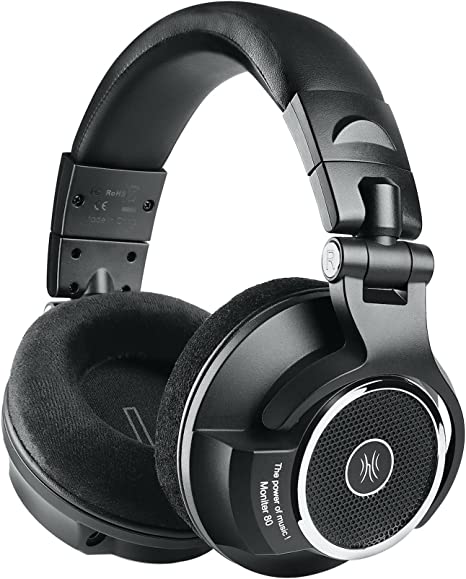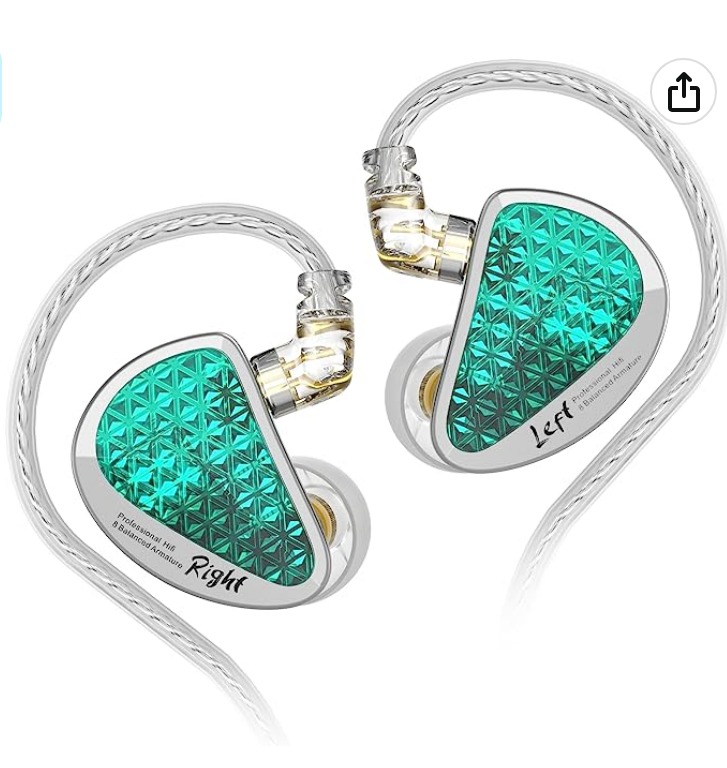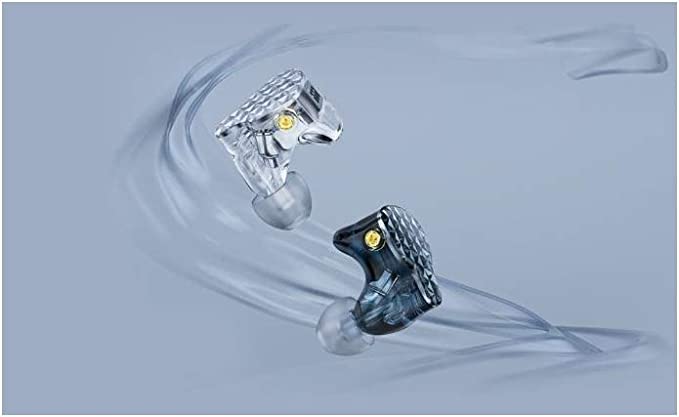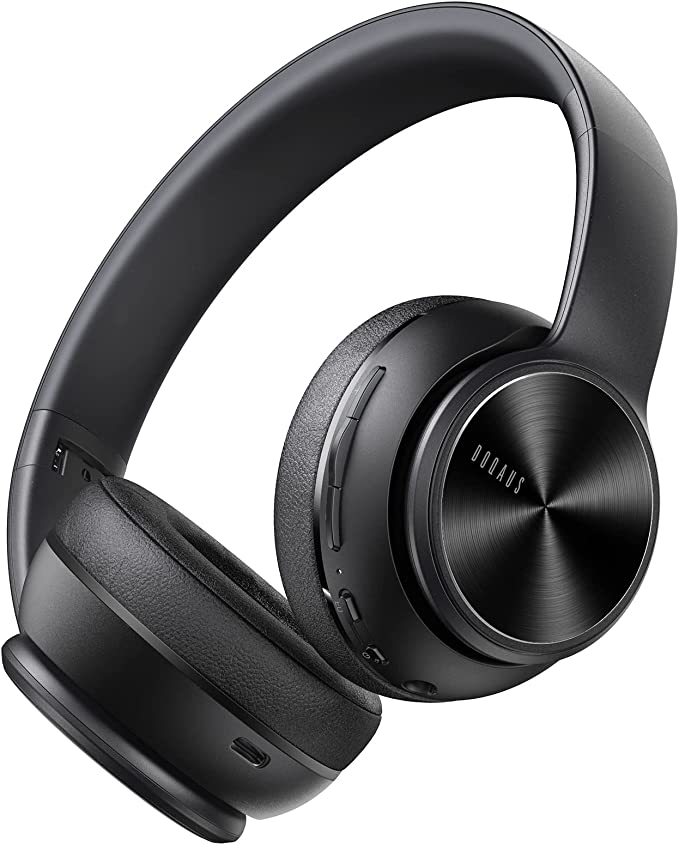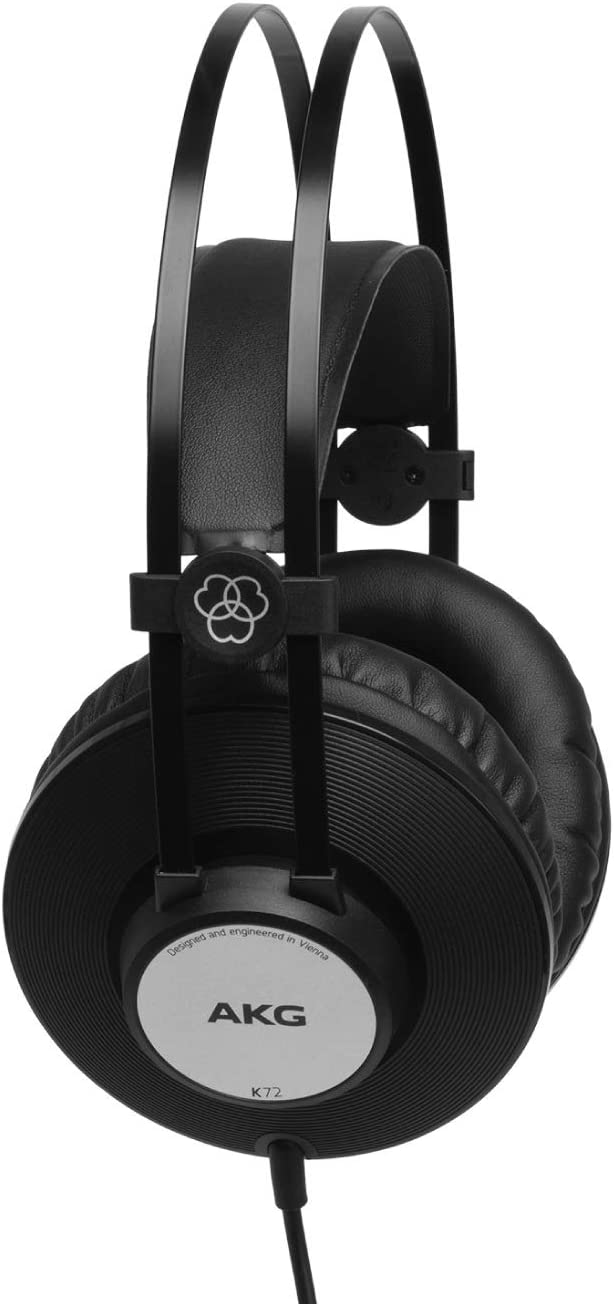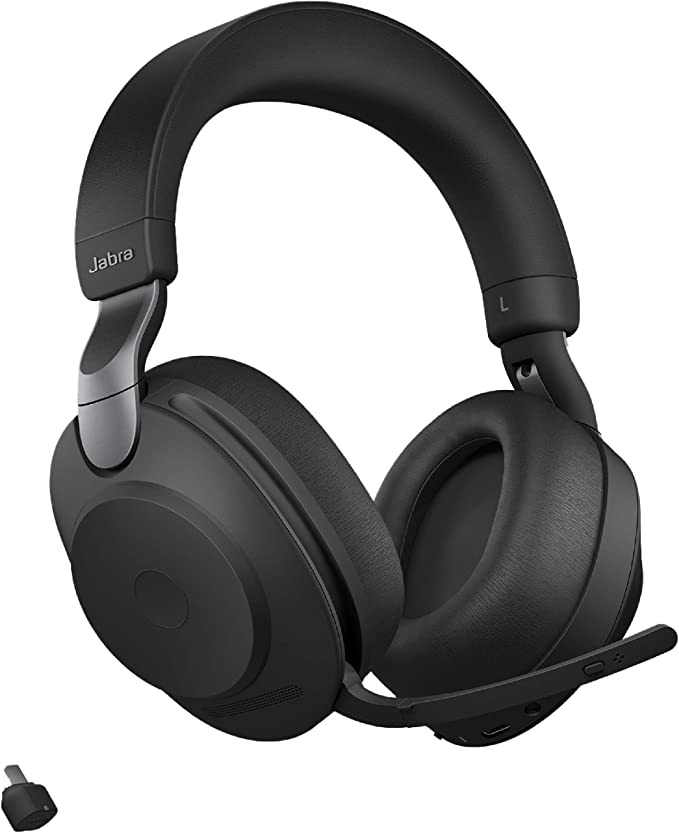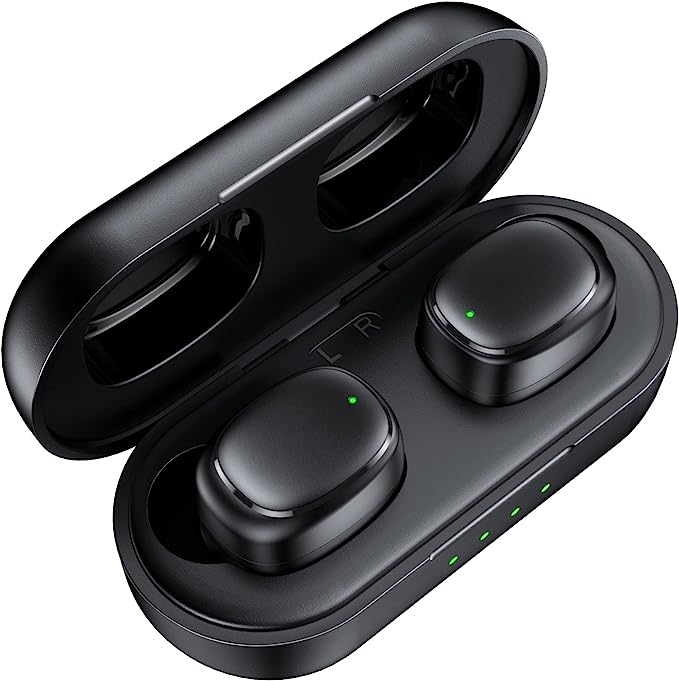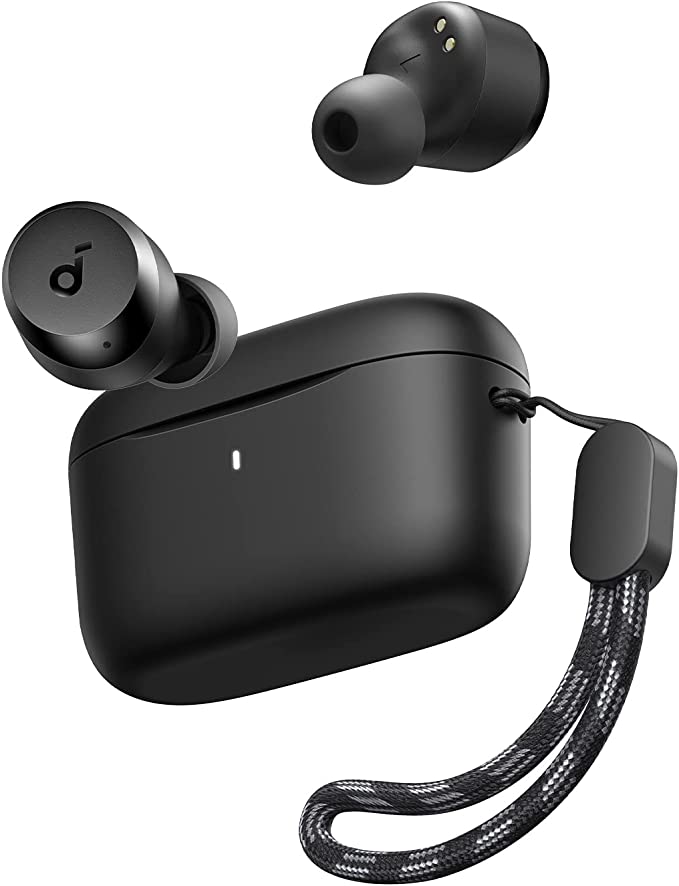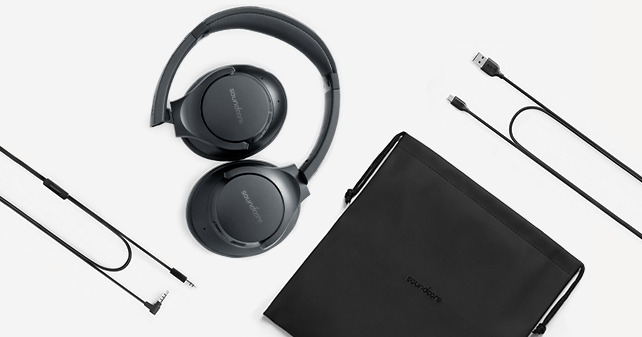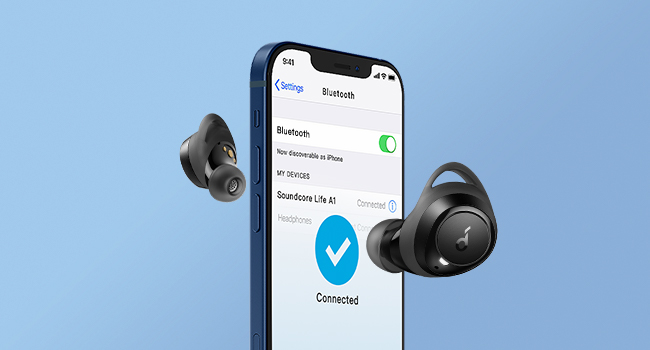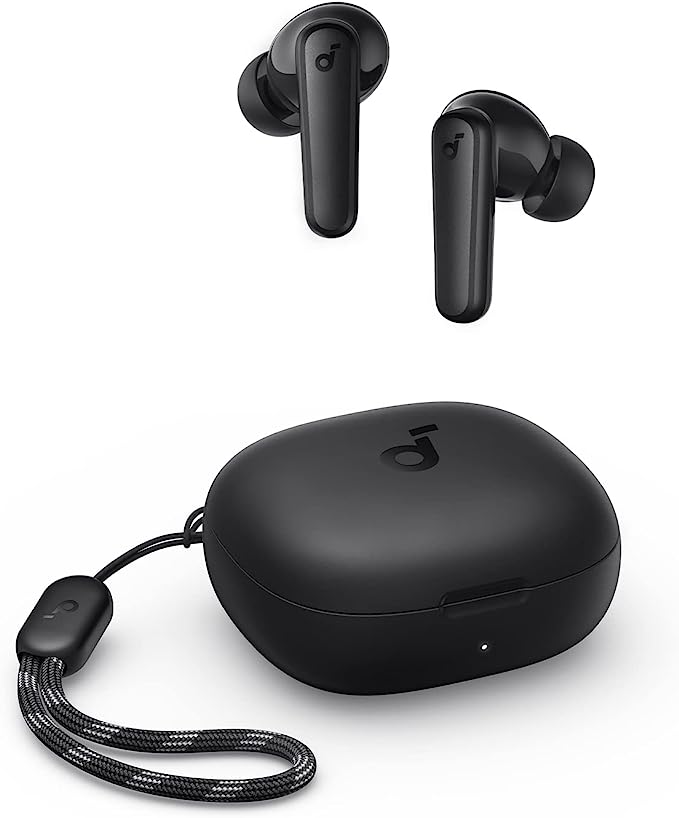The Unlikely Survivor: How Sony's MDR-E9LP Earbuds Defy Time with Pure Physics
Update on July 4, 2025, 8:18 a.m.
There’s a small, deeply satisfying sensation that our modern wireless world has almost forgotten: the definitive, analogue click of a 3.5-millimeter audio jack sliding home. It’s a sound of certainty. A physical confirmation of connection that requires no pairing, no passwords, no prayer to the Bluetooth gods. It just works. And perhaps no single product embodies the quiet brilliance of that philosophy better than a pair of unassuming, ubiquitous earbuds: the Sony MDR-E9LP.
In an era of algorithmically-tuned, battery-dependent audio pods that vanish from both ear and memory, these simple wired headphones feel like a relic. Yet, they not only survive; they thrive. They are a constant in online best-seller lists and a familiar sight in backpacks and desk drawers around the globe. This isn’t an accident or a quirk of the market. It’s a masterclass in deliberate, timeless design, rooted in a history that changed the world and a science that never gets old.
A Fading Echo of the Walkman
To understand the soul of these earbuds, you have to travel back to 1979. That was the year Sony launched a device that would ignite a cultural revolution: the Walkman TPS-L2. Before it, high-fidelity music was a stationary experience, tethered to a home stereo. The Walkman severed that cord, making personal soundtracks a part of our daily motion. It was freedom. And the gateway to that freedom was its dual 3.5mm headphone jacks, a standard that Sony single-handedly cemented as the universal language of personal audio for the next four decades.
The MDR-E9LP is a direct descendant of that revolution. It carries the same democratic DNA: accessible, reliable, and focused on a single mission—to deliver your music to you, without fuss. It’s a tangible link to the era that first taught us we could take our favourite songs with us, a piece of the Walkman spirit you can still buy today.
The Tiny Heart of Power
So, what is the secret sauce? How can a design that has existed for decades, at a price that barely registers, still deliver a genuinely pleasing sound? The answer lies not in complex software, but in pure, elegant physics, centered around its tiny engine: the driver unit.
At the core of each earbud is a marvel of modern materials science: a neodymium magnet. Discovered in 1984, long after the Walkman’s debut, these rare-earth magnets were a quantum leap in magnetic technology. Think of it this way: if a traditional iron magnet is a cup of diner coffee, a neodymium magnet of the same size is a perfectly pulled shot of espresso—intensely powerful and compact. In audio engineering, this immense magnetic force in a tiny package allows the driver’s voice coil to be controlled with incredible precision and efficiency. It means the driver can react faster and more forcefully to the electrical signals of your music, creating a clearer, more dynamic sound without needing a lot of power.
This potent magnet drives a relatively large 13.5mm diaphragm. According to the basic principles of acoustics, this diaphragm acts like a piston, pushing air to create sound waves. A larger piston can move a larger volume of air. It’s this simple physical truth that gives the MDR-E9LP its surprisingly full and present bass response. It’s not a digital trick; it’s just honest-to-goodness physics at work, a testament to how getting the fundamentals right can outperform needless complexity.
The Genius of Letting the World In
In our modern obsession with noise cancellation, the MDR-E9LP makes a radical choice: it doesn’t try to silence the world. Its classic form factor rests on the outer ear rather than sealing the ear canal. From an engineering perspective, this “open-back” design has profound acoustic benefits. It prevents what’s known as the “occlusion effect”—that booming, stuffy sound of your own voice, breathing, and footsteps you get with tightly sealed earbuds. The result is a more natural, spacious soundstage, almost as if you’re listening to speakers in a room rather than drivers inside your head.
This design also has a crucial, real-world ergonomic advantage: situational awareness. Wearing them while walking through a city, you can enjoy your podcast while still hearing the faint whine of an approaching electric vehicle or the chatter of the sidewalk. It’s a design that acknowledges you are a listener in the world, not isolated from it. This acoustic “leakiness,” when combined with the way our ears perceive sound (as described by the famous Fletcher-Munson curves), results in a sound that remains subjectively balanced and pleasant, even at lower volumes in noisy environments.
An Honest Conversation About a Tangled Mess
Now, for the elephant in the room—or rather, the knotted serpent in the pocket. If there is one universal experience with these earbuds, it is the almost supernatural ability of their wires to tie themselves into Gordian knots. But this, too, is not a flaw so much as an honest engineering trade-off.
The cable is typically made from a flexible, durable material like a Thermoplastic Elastomer (TPE). This material gives the cable its supple feel and its impressive resistance to breaking, a quality praised by users who report their earbuds lasting for years of hard use. However, the very properties that make it flexible and durable—a slightly higher coefficient of friction—also make it more prone to snagging on itself. A stiffer, slicker cable might tangle less, but it would also be more brittle and prone to memory-effect kinks. Sony chose longevity and durability. The tangles are simply the other side of that very sensible coin.
The Enduring Philosophy of Enough
Pulling back, you begin to see the Sony MDR-E9LP not as just a product, but as a statement. In its humble form, it channels the Japanese philosophy of Monozukuri—a pride in the art of making things well. It unknowingly echoes the principles of legendary designer Dieter Rams: “Good design is long-lasting. Good design is honest. Good design is as little design as possible.”
It stands as a quiet, definitive counterpoint to the modern tech ethos of planned obsolescence and relentless feature creep. It doesn’t need firmware updates. It never needs to be charged. It offers a kind of reliability that feels like a bedrock in the shifting sands of technology. It reminds us that sometimes, the most elegant solution isn’t the one with the most features, but the one that has, through a deep understanding of pure physics and human needs, achieved the perfect state of being simply, and wonderfully, enough.
